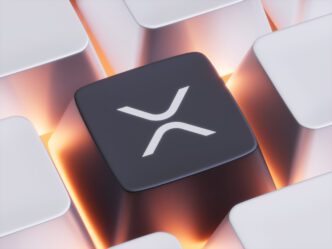Executive Summary
The Story So Far
Why This Matters
Who Thinks What?
Ethereum co-founder Vitalik Buterin recently stated that decentralized finance (DeFi) on Ethereum has matured to a point where on-chain savings are not only viable but are beginning to rival traditional banking services. Speaking in a pre-recorded address at a Dromos Labs event, Buterin expressed encouragement over the advancements in security, maturity, and usability within Ethereum’s DeFi ecosystem, envisioning its use as a primary bank account for various users globally.
DeFi’s Evolution Towards Stability
Buterin’s remarks highlight a significant shift in the DeFi sector, moving away from its early association with high-risk lending and speculative strategies towards greater stability. He noted a “night and day” difference between DeFi in 2025 and its nascent stages in 2019 or 2020, despite acknowledging recent security breaches like the multi-million-dollar Balancer hack.
He emphasized that smart contract security has substantially improved. Buterin advocated for the “walkaway test,” a measure ensuring users can always independently recover their funds, and urged developers to uphold Ethereum’s core principles of open-source code, interoperability, and censorship resistance.
The Ethereum DeFi ecosystem now processes over $1.9 trillion in transactions quarterly, boasting a $77 billion market and more than 312 million active users as of mid-2025. Average DeFi savings yields currently hover around 8.2%, significantly higher than the approximately 2.1% offered by traditional banks, despite ongoing risks such as $1.1 billion in fraud and hacks reported in the first half of 2025.
The Trustless Manifesto and Decentralization
Buterin’s optimism aligns with his earlier advocacy for “low-risk DeFi” as a sustainable economic backbone for Ethereum, comparable to how Google Search supports Google’s ecosystem. This week, Buterin and the Ethereum Foundation published “The Trustless Manifesto,” a document warning against compromising decentralization for convenience.
The manifesto criticized trends like centralized sequencers in Layer 2s and hosted RPC nodes, arguing that “decentralization is not destroyed by capture, but by convenience.” It proposed three fundamental laws for trustless design: no critical secrets, no irreplaceable intermediaries, and no unverifiable results.
Strengthening Ethereum’s Foundations
Beyond DeFi, Ethereum continues to strengthen its technical and institutional infrastructure. The network hosts over 75% of tokenized real-world assets and 58% of the global supply, with major firms like BlackRock, Securitize, and Ondo Finance deploying tokenized Treasury products on-chain.
Its Layer 2 networks collectively secure more than $50 billion in value, while efforts in privacy and scaling have accelerated through the Ethereum Foundation’s new 47-member Privacy Cluster. Buterin also noted improvements in scalability on both Layer 1 and Layer 2, citing tools like Lighter, which has achieved over 10,000 transactions per second.








